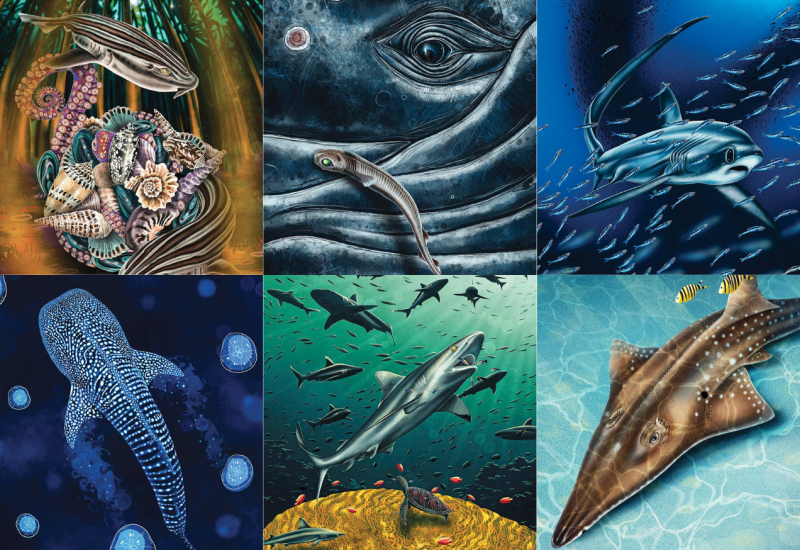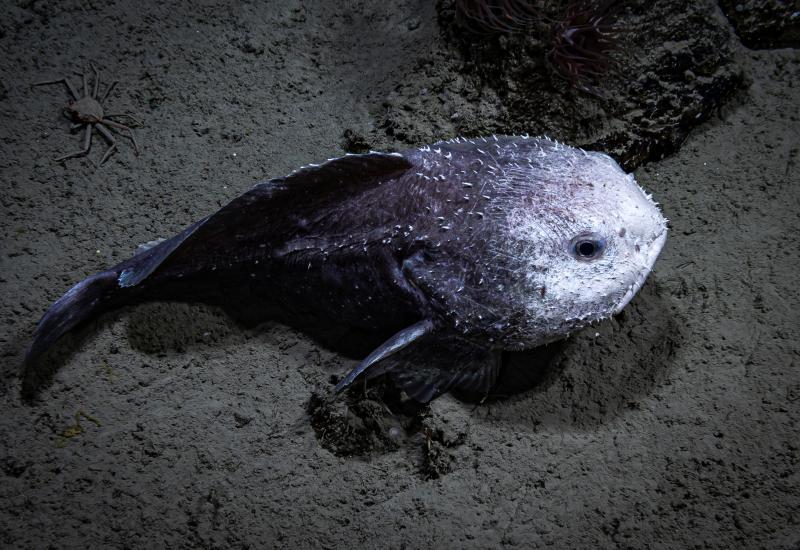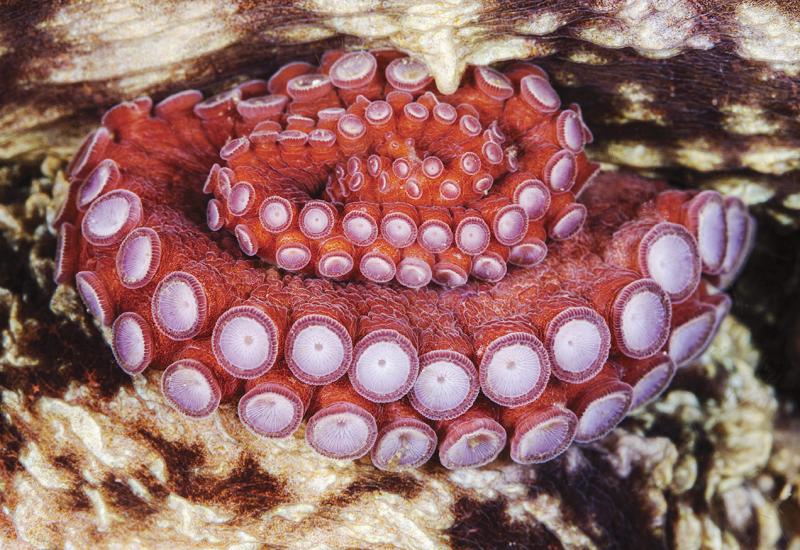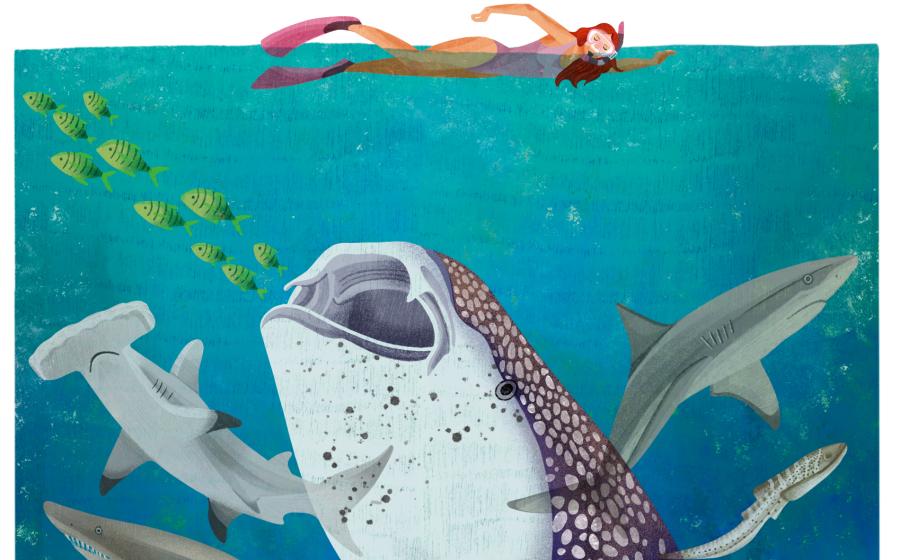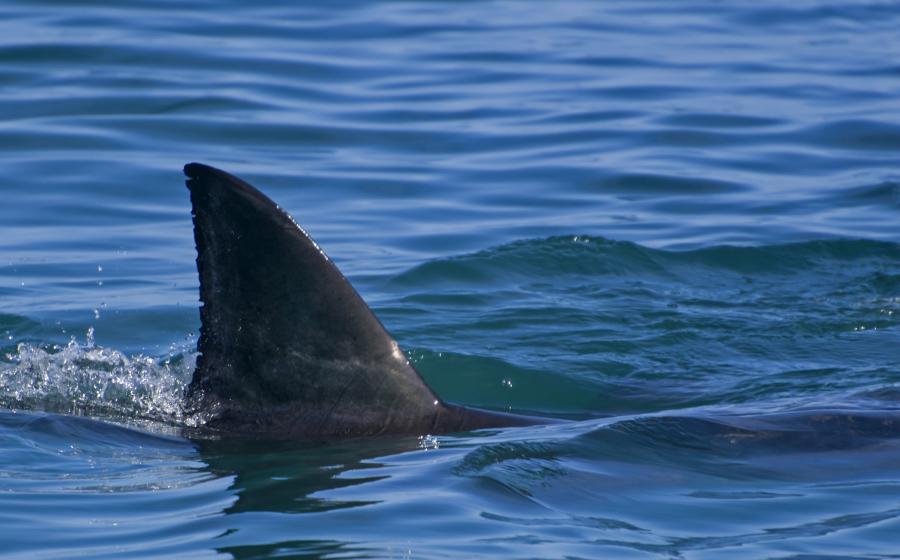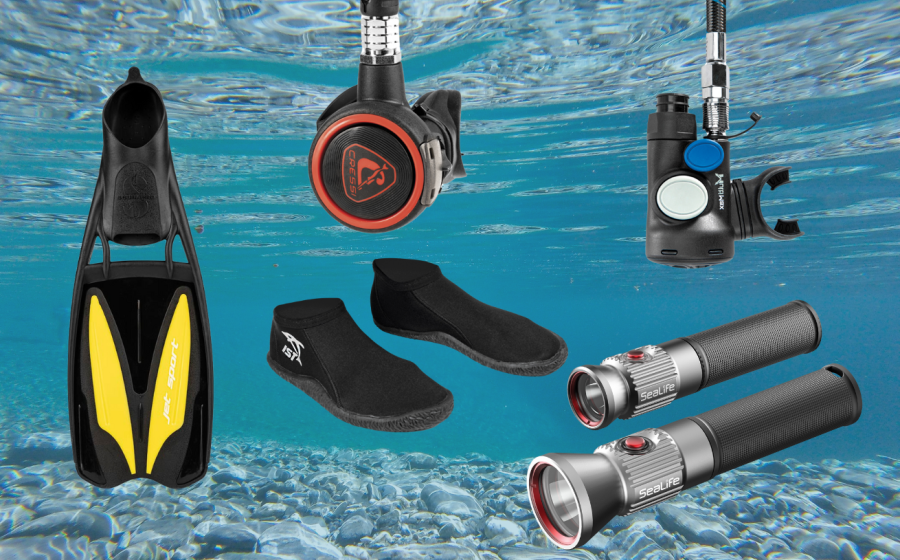Underwater Photo Tips: Get Perfect Nudibranch Photos
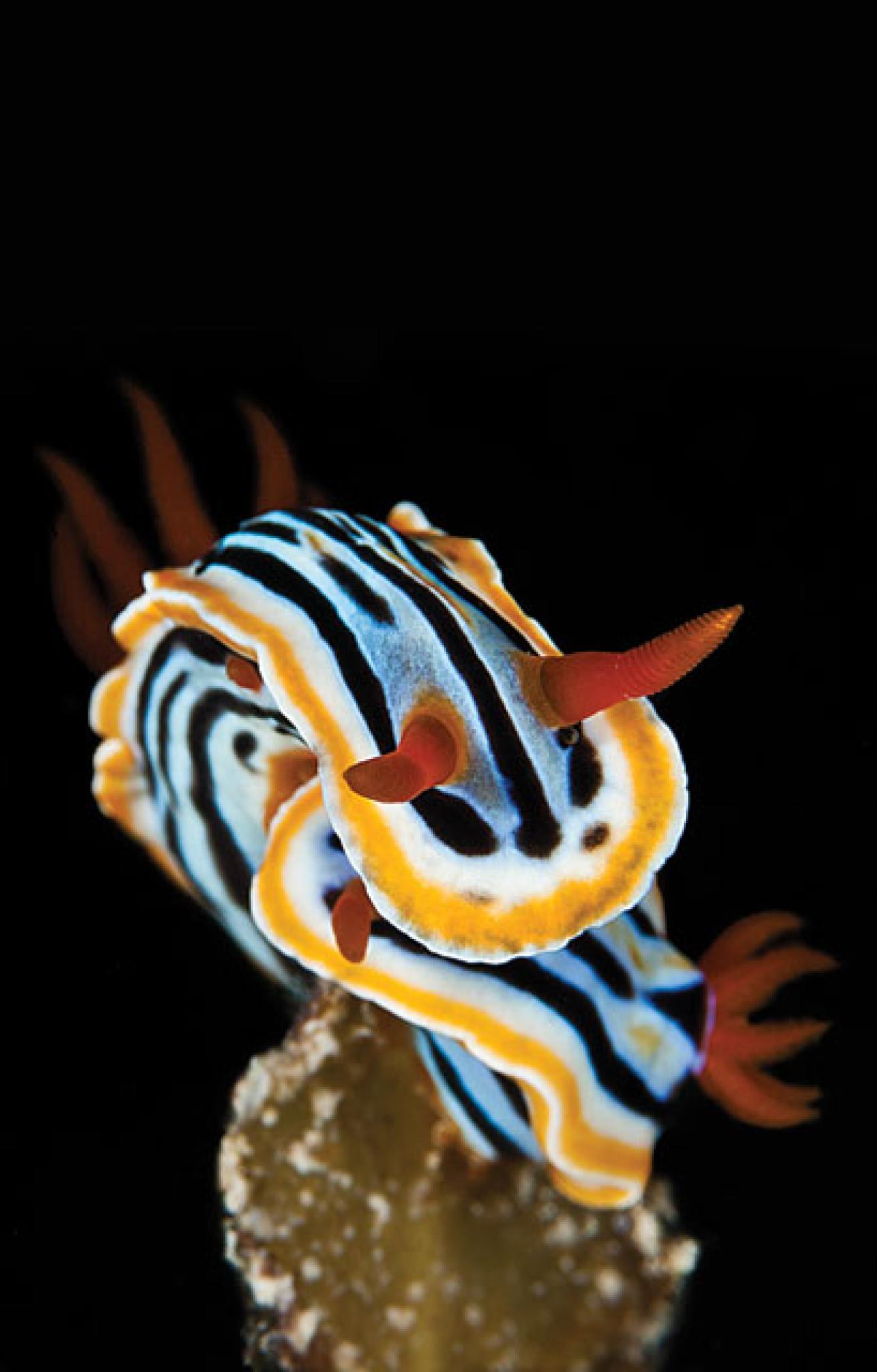
It might be a cliché, but in this case it’s true: The best things in life come in the smallest packages. Many would argue that this is particularly true underwater, where the ocean reveals even more fascinating treasures when we learn to dive slowly, look closely and appreciate the little things. Most nudibranchs are smaller than the end of your thumb, but the kaleidoscopic patterns and gaudy coloration of these marvelous mollusks make them some of diving’s brightest jewels.
Nudis — as they’re known to their friends — are all about color and that, combined with their snail’s pace, makes them irresistible subjects for underwater photographers.
The first challenge is finding them, as they are not spread evenly throughout the seas, and certain spots — such as California or the Philippines — clearly harbor more than their fair share.

Nudibranchs are carnivores and feast on nonmoving invertebrate life, so the best way to find them is to look for their food, which tends to be richest in areas of current. Their large, brightly colored egg ribbons are normally the first clue that they’re nearby. But be warned: Nudibranch photography is highly addictive; once you begin, the quest for tiny treasure can easily take over your diving.
1. Shoot Head On
The most dramatic nudibranch portraits are from dead ahead, particularly when framed as a vertical. Waiting for the nudi to crawl up onto something allows you to compose it against either an open-water black background or distant colorful reef. You also want to position your camera at the nudi’s eye level for an engaging angle. Although nudis do have eyes, in reality they’re too small to be a focal point of your images; instead focus on their photogenic rhinophores (the sensory antlers), which are actually far more important to a nudibranch for finding food and mates.
Nudibranchs are small, so you often need to push beyond 1:1 and into the realm of super-macro for frame-filling shots. Accessory close-up lenses, such as the SubSee or Nauticam’s SMC, are the perfect tools. This means depth of field is razor thin, and pinpoint focusing is your biggest challenge for a successful image.
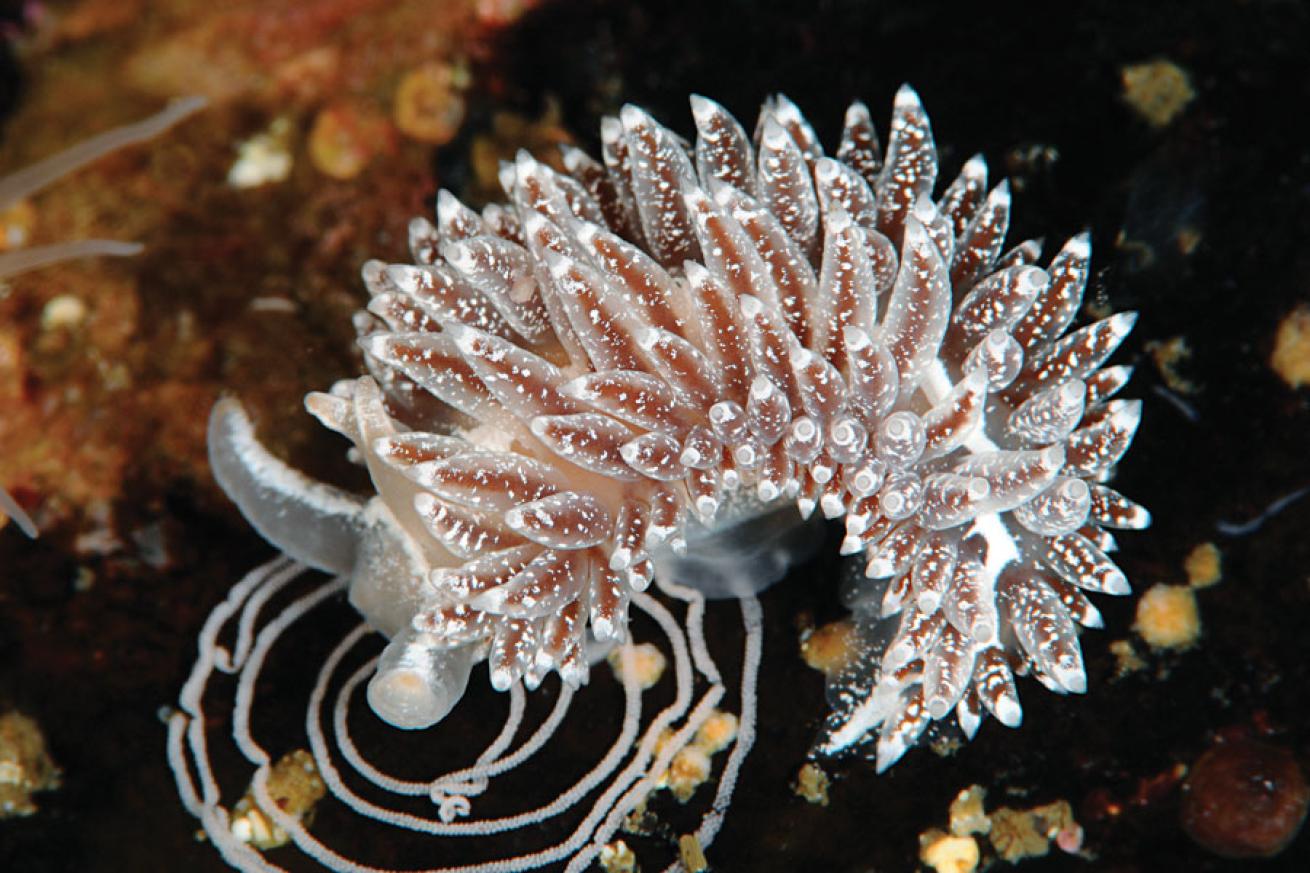
2. Shoot from the Side
To capture nudibranch beauty from an alternate angle, shoot from the side to show the whole animal in an ID-style shot. I find that using the front-on angle works best with the sausage-shaped dorid nudis, while using these side-angle shots suits aeolid nudis (the ones that appear to have all the sausages on their backs). Both types can also look attractive when
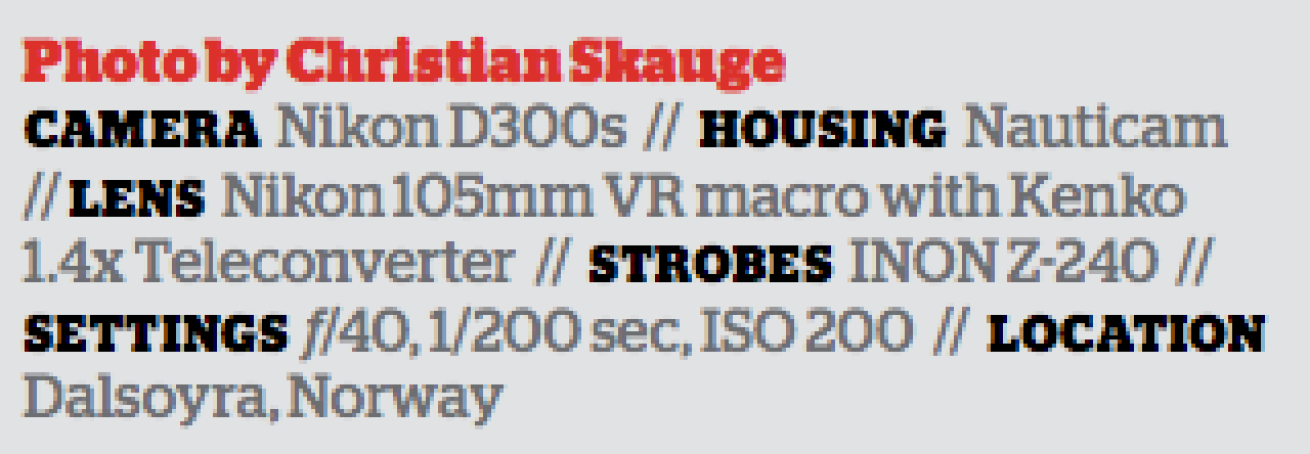
photographed from directly above, especially if they are on a simple, solid-colored background.
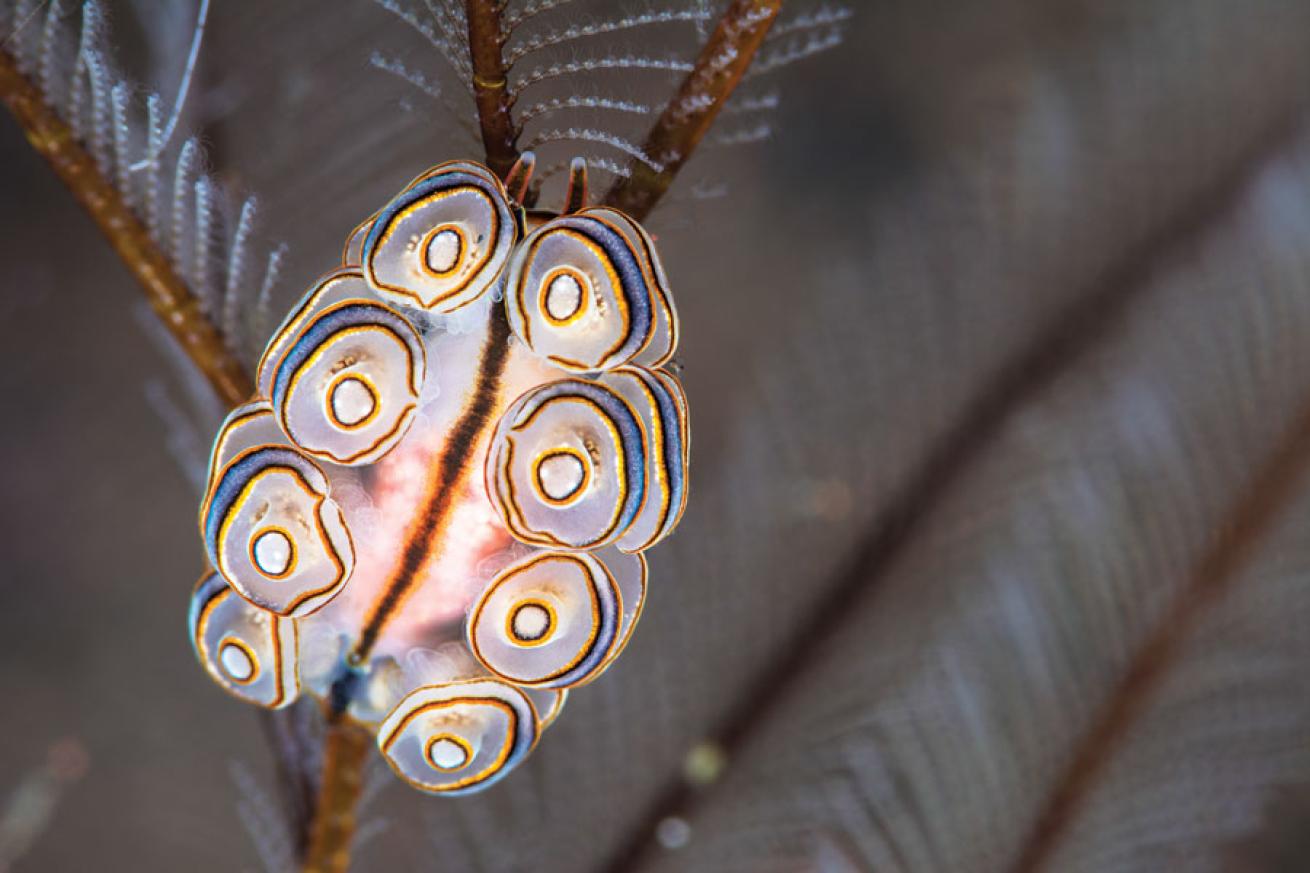
3. Incorporate Behavior
Nudi nutters are happy just collecting as many species as possible, but for the more photographically minded, the slug is just the start. You can really make your nudi snaps special by incorporating some behavior, which endows the photos with secondary interest. Fortunately, nudibranchs are usually up to something.
Each nudi species has a very specific diet and usually lives atop its food, so you’ll regularly see them feeding. You’ll also frequently see them mating or going around in circles, laying their characteristic spiraled egg ribbons. You can even find other animals, such as emperor shrimps, hitching a ride.
Nudibranch photos are all about showing off the subject’s natural beauty. Simple compositions, sympathetic lighting and nondistracting backgrounds are your goals. Subject-driven pictures force us to challenge ourselves to seek out even more beautiful and rare species. This doughnut nudibranch (pictured at right) from Bali doesn’t even have a Latin name yet.

Alex Mustard is a marine biologist who has been a full-time underwater photographer and author since 2004. To view more of his work, visit amustard.com.
Check out more underwater photography tips on our website, including how to photograph the elusive anemonefish!

